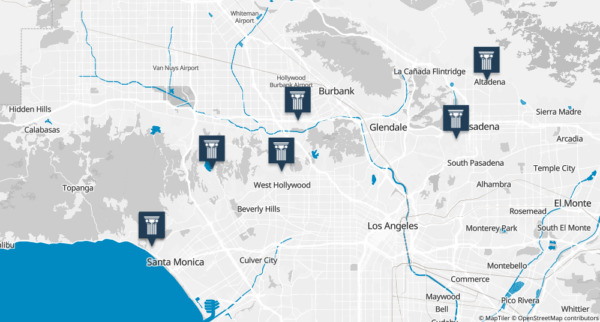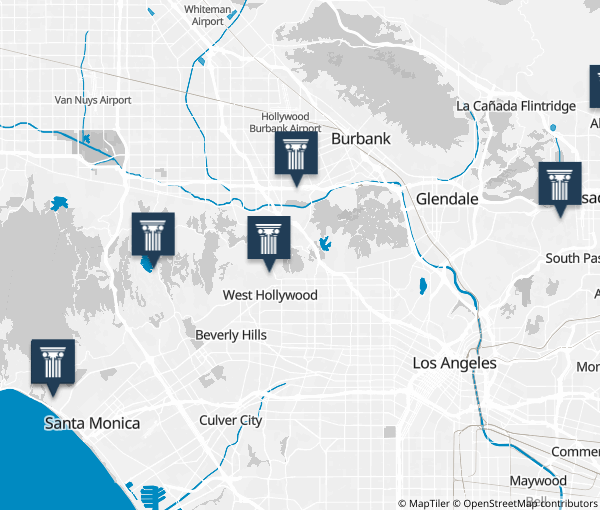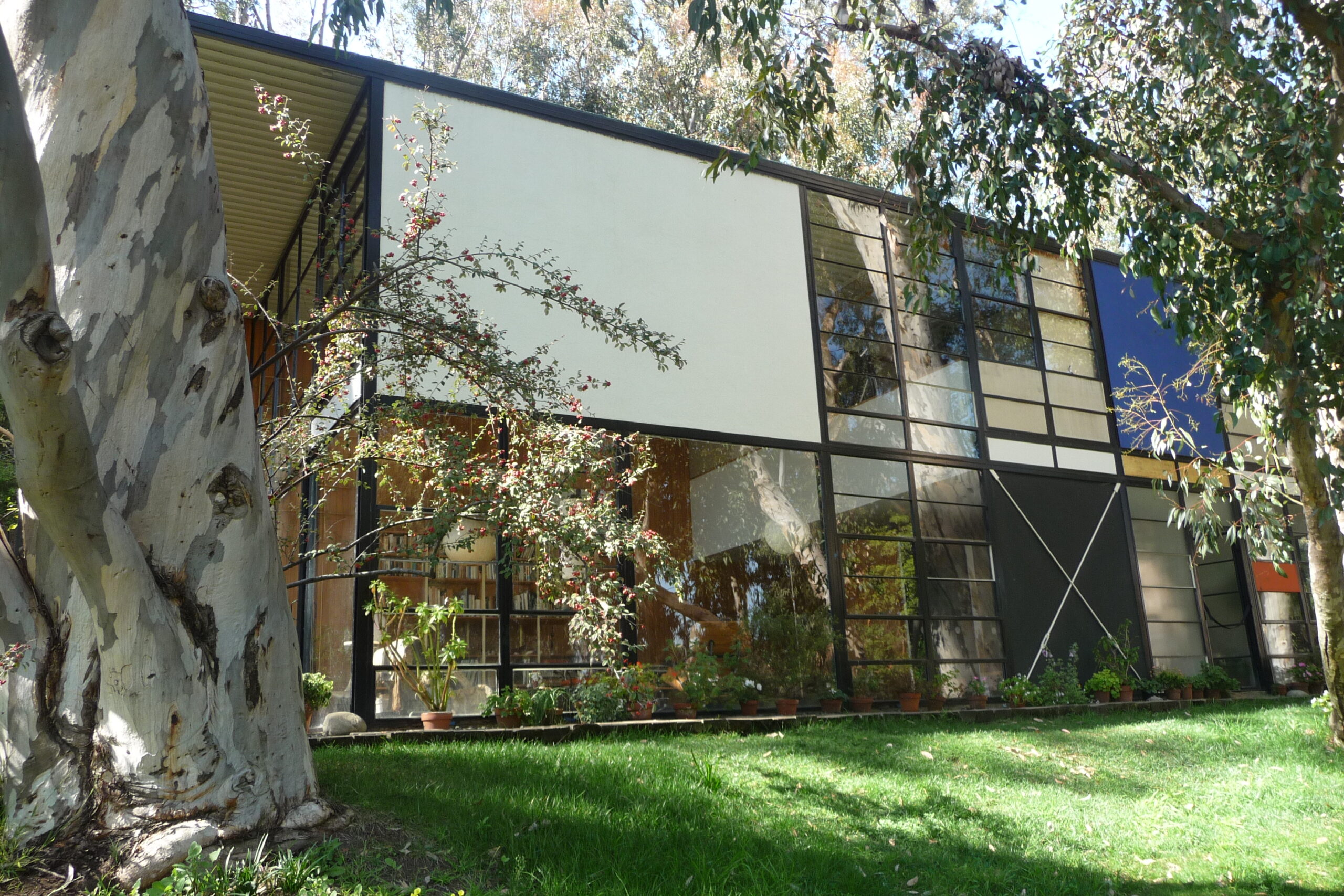
Saved
Case Study Houses
The Case Study Houses served as a blueprint and inspiration for Mid-Century homes in Southern California.
Saved
In 2013, ten Case Study House program residences were added to the National Register of Historic Places.
Overview
Launched in 1945 by John Entenza’s Arts + Architecture magazine, the Case Study House program commissioned architects to study, plan, design, and ultimately construct houses in anticipation of renewed building in the postwar years.
While the Case Study House program did not achieve its initial goals for mass production and affordability, it was responsible for some of Los Angeles’ most iconic and internationally recognized modern residences, such as the Eames House (Case Study House #8) by Charles and Ray Eames and the Pierre Koenig-designed Stahl House (Case Study House #22), famously photographed by Julius Shulman.
After a decade-long effort, L.A. Conservancy’s Modern Committee succeeded in listing ten Case Study residences on the National Register of Historic Places. They were awarded a Governor’s Historic Preservation Award in 2013 for their work.
About This Issue
With an emphasis on experimentation, and a goal of promoting good, modern, affordable design for single-family homes, the program helped to disseminate the midcentury modern aesthetic through its thirty-five published plans. Of these, twenty-five houses and one apartment building were built in California and Arizona.
The program offered an unparalleled opportunity for commissions and publicity for established architects including Richard Neutra, J. R. Davidson, Sumner Spaulding, and William Wurster. It helped raise the profile of then-lesser-known designers including Craig Ellwood, A. Quincy Jones, Edward Killingsworth, Ralph Rapson, Eero Saarinen, and Raphael Soriano.
Our Position
Thanks to the Los Angeles Conservancy Modern Committee, eleven Case Study House residences in Los Angeles, San Diego, and Ventura counties are now recognized as nationally historic. Ten are officially listed in the National Register of Historic Places, and an eleventh was deemed eligible for listing.
Few of the Case Study Houses currently have preservation protections, and some have been demolished or significantly altered. This proactive step recognizes the eleven nominated homes and raises greater awareness about the Case Study House program while providing a historic context for future designation of the remaining eligible properties.
On May 1, 2013, the State Historical Resources Commission voted to recommend listing of ten Case Study Houses in the National Register of Historic Places. These ten residences with certifying recommendations were submitted to the National Park Service for final review and listing by the Keeper of the National Trust. They were formally listed on July 24, 2013.
An eleventh nominated residence, Case Study House #23A, was not formally listed because of owner objection, but it received a determination of eligibility for listing in the National Register. All eleven residences will be considered historic resources and will enjoy the same protections under the California Environmental Quality Act (CEQA).
Several Case Study Houses were not included in the nomination — if they’ve been altered or demolished, or for other reasons — but with this platform in place, it will be easier for other CSH homes to be nominated in the future.
Likewise, a few CSH houses, such as the Eames House (CSH #8), weren’t included because they’re already individually listed.
Case Study House residences included in nomination:
Los Angeles County
- Case Study House #1, 10152 Toluca Lake Ave., Los Angeles
- Case Study House #9, 205 Chautauqua Blvd., Los Angeles
- Case Study House #10, 711 S. San Rafael Ave., Pasadena
- Case Study House #16, 1811 Bel Air Rd., Los Angeles
- Case Study House #18, 199 Chautauqua Blvd., Los Angeles
- Case Study House #20, 2275 N. Santa Rosa Ave., Altadena
- Case Study House #21, 9038 Wonderland Park Ave., Los Angeles
- Case Study House #22, 1635 Woods Dr., Los Angeles
San Diego County
- Case Study House #23A, 2342 Rue de Anne, La Jolla, San Diego (determined eligible)
- Case Study House #23C, 2339 Rue de Anne, La Jolla, San Diego
Ventura County
- Case Study House #28, 91 Inverness Rd., Thousand Oaks
Relevant Places
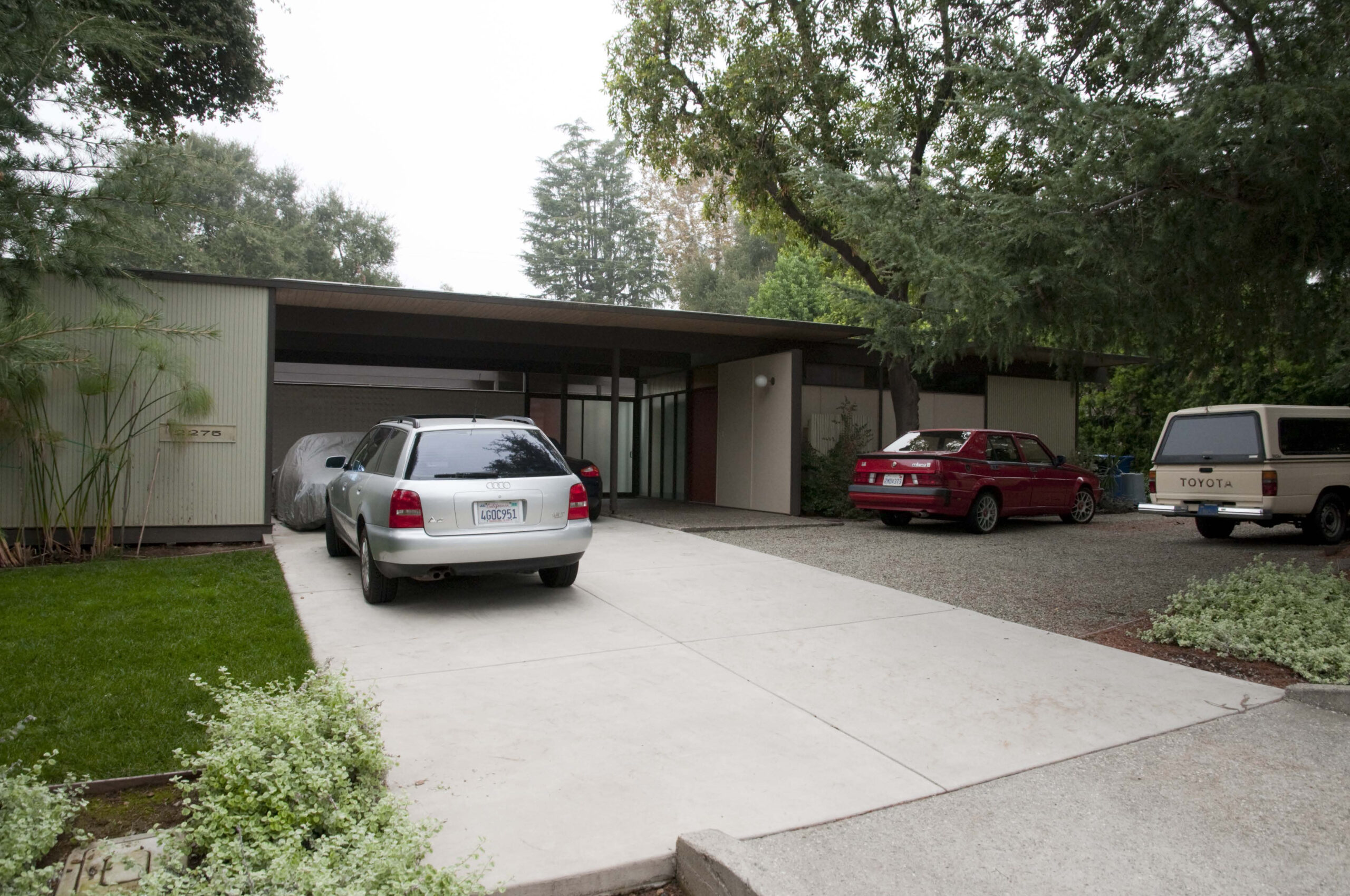
Place
Bass House (Case Study House #20B)
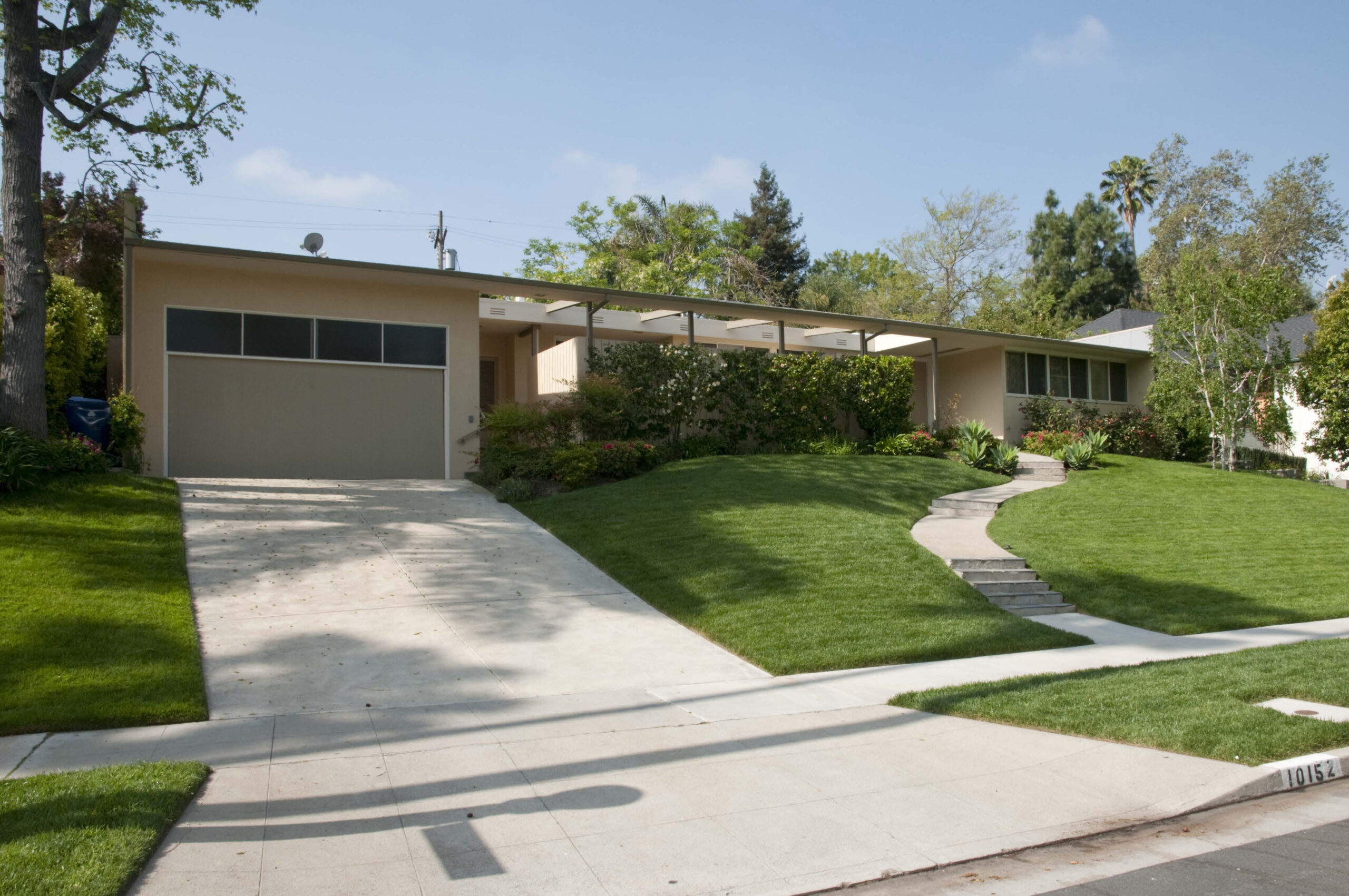
Place
Case Study House #1
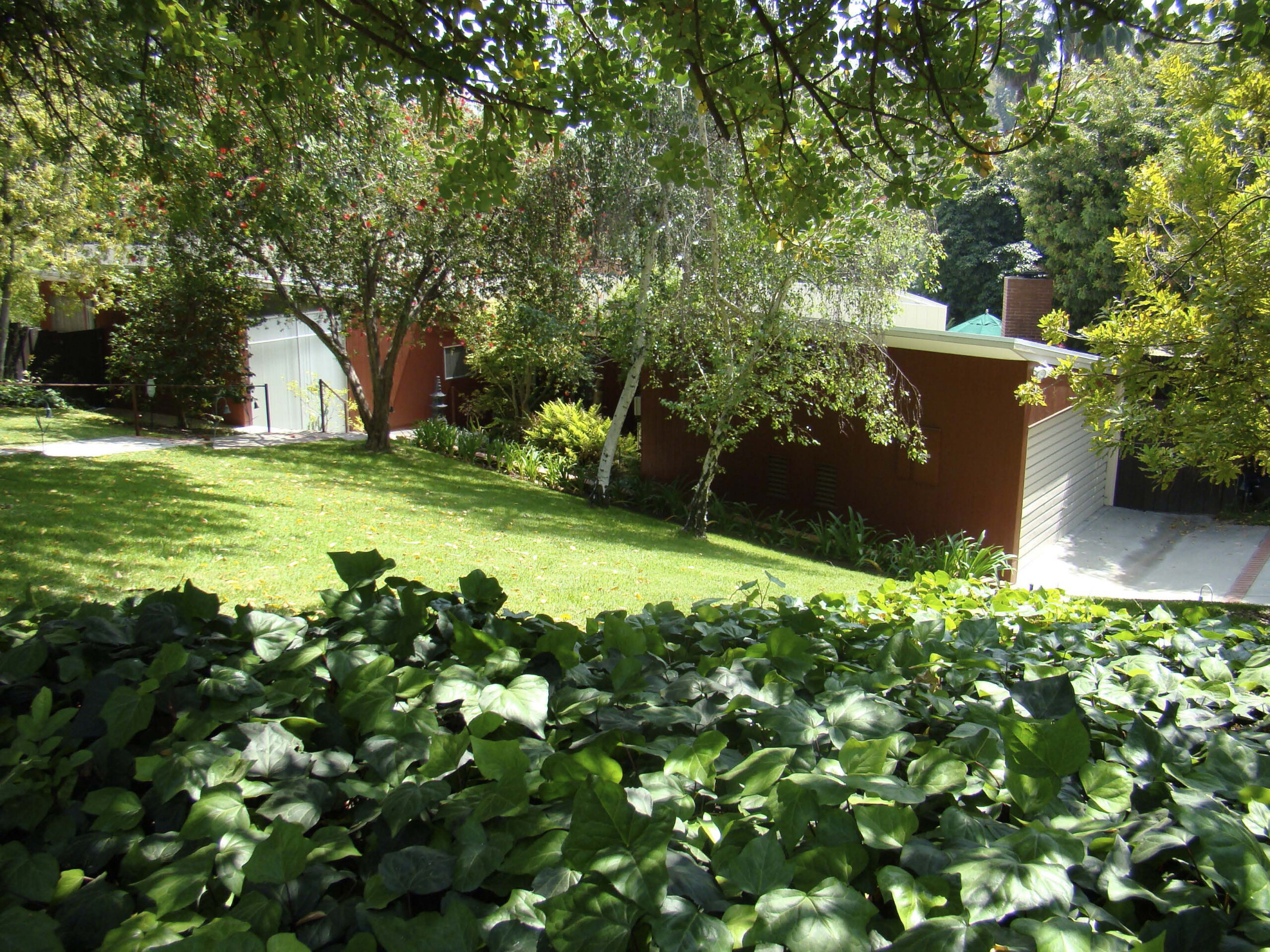
Place
Case Study House #10
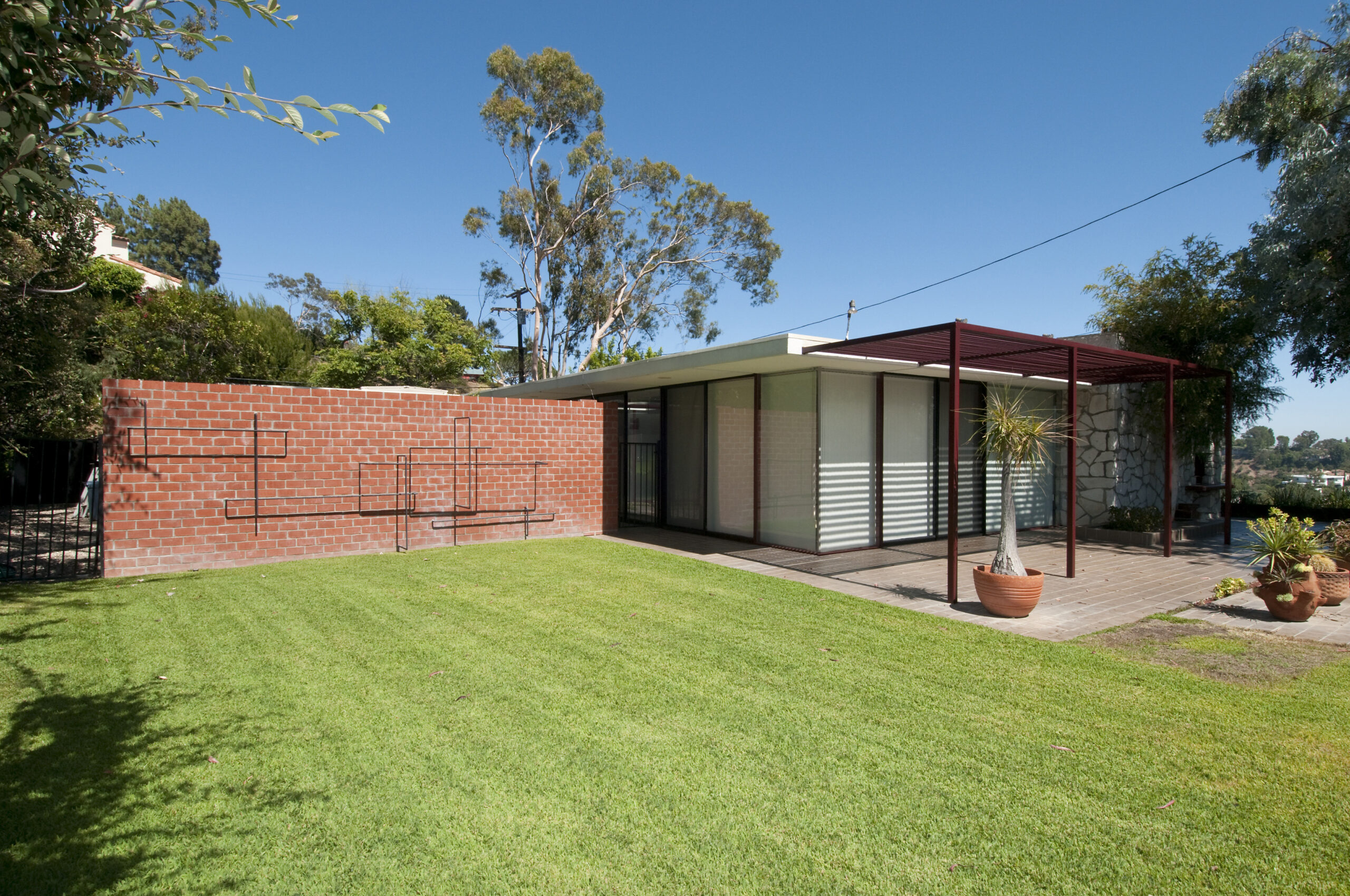
Place
Case Study House #16
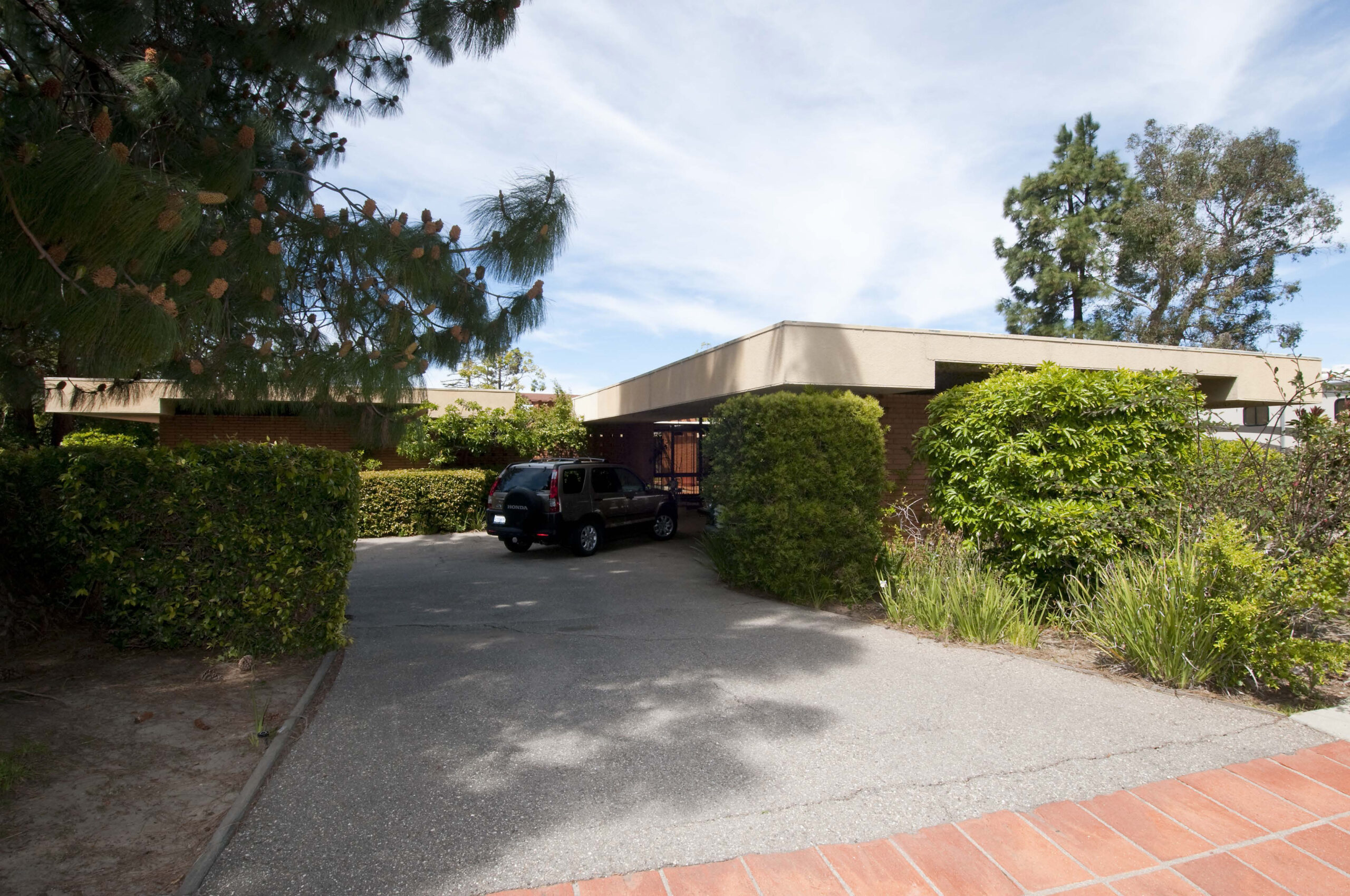
Place
Case Study House #28
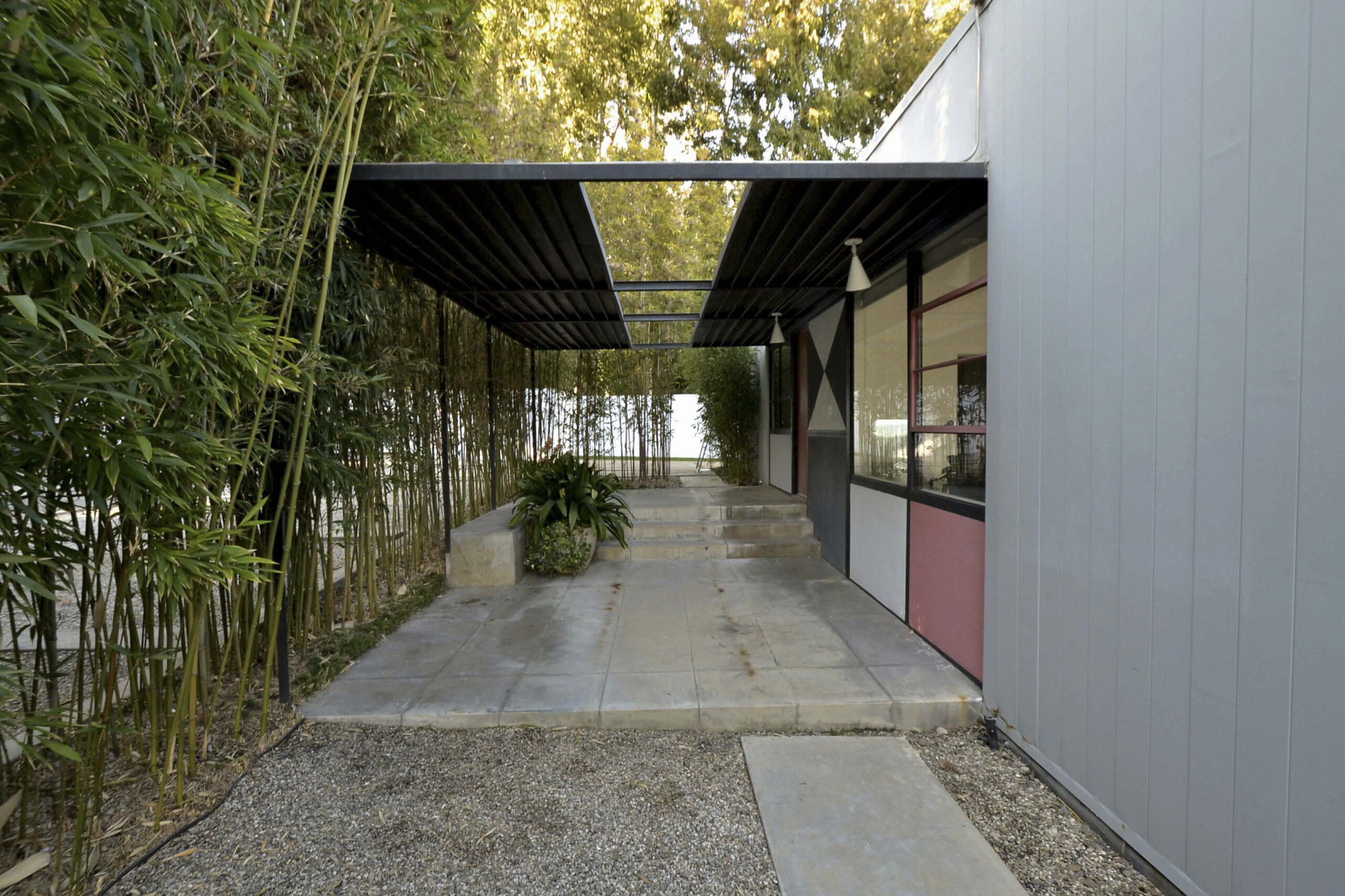
Place
Entenza House (Case Study House #9)
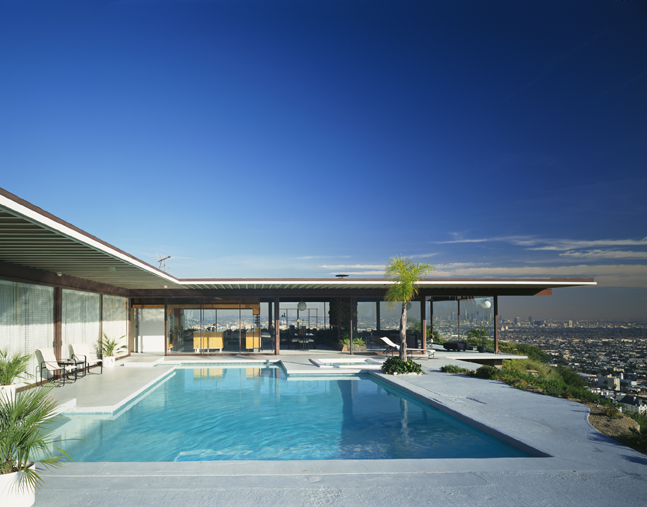
Place
Stahl House (Case Study House #22)
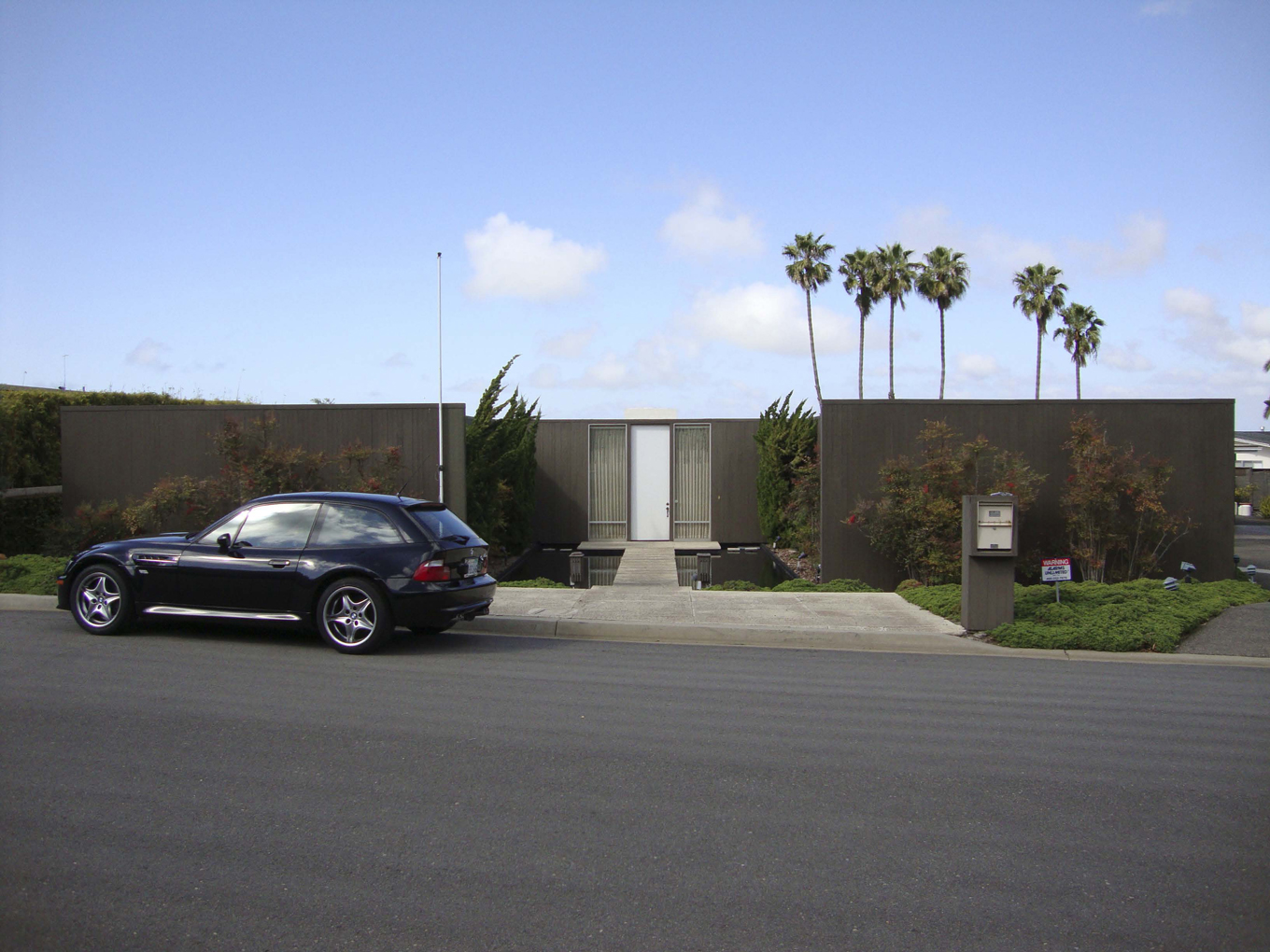
Place
Triad (Case Study House #23A)
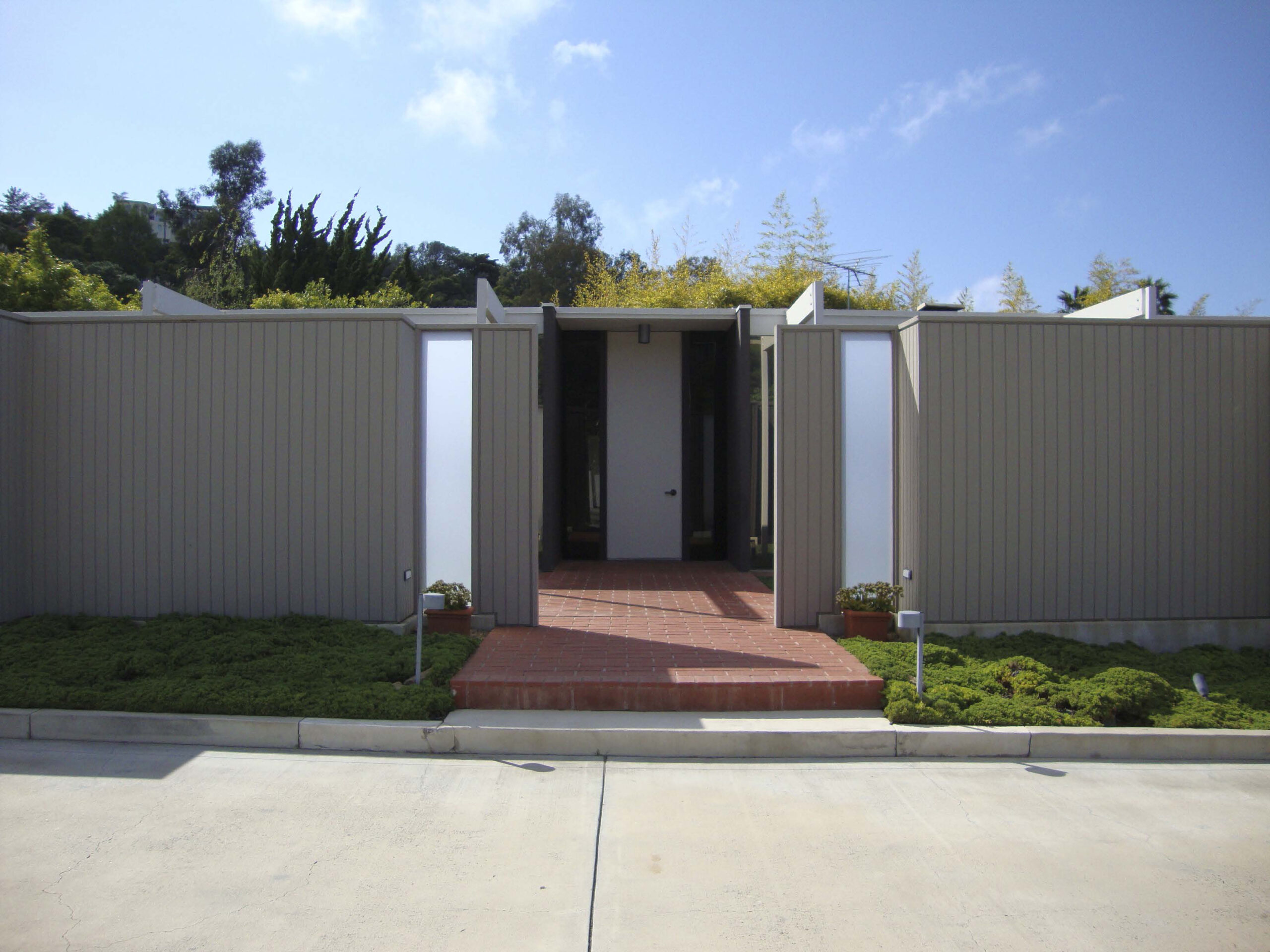
Place
Triad (Case Study House #23C)
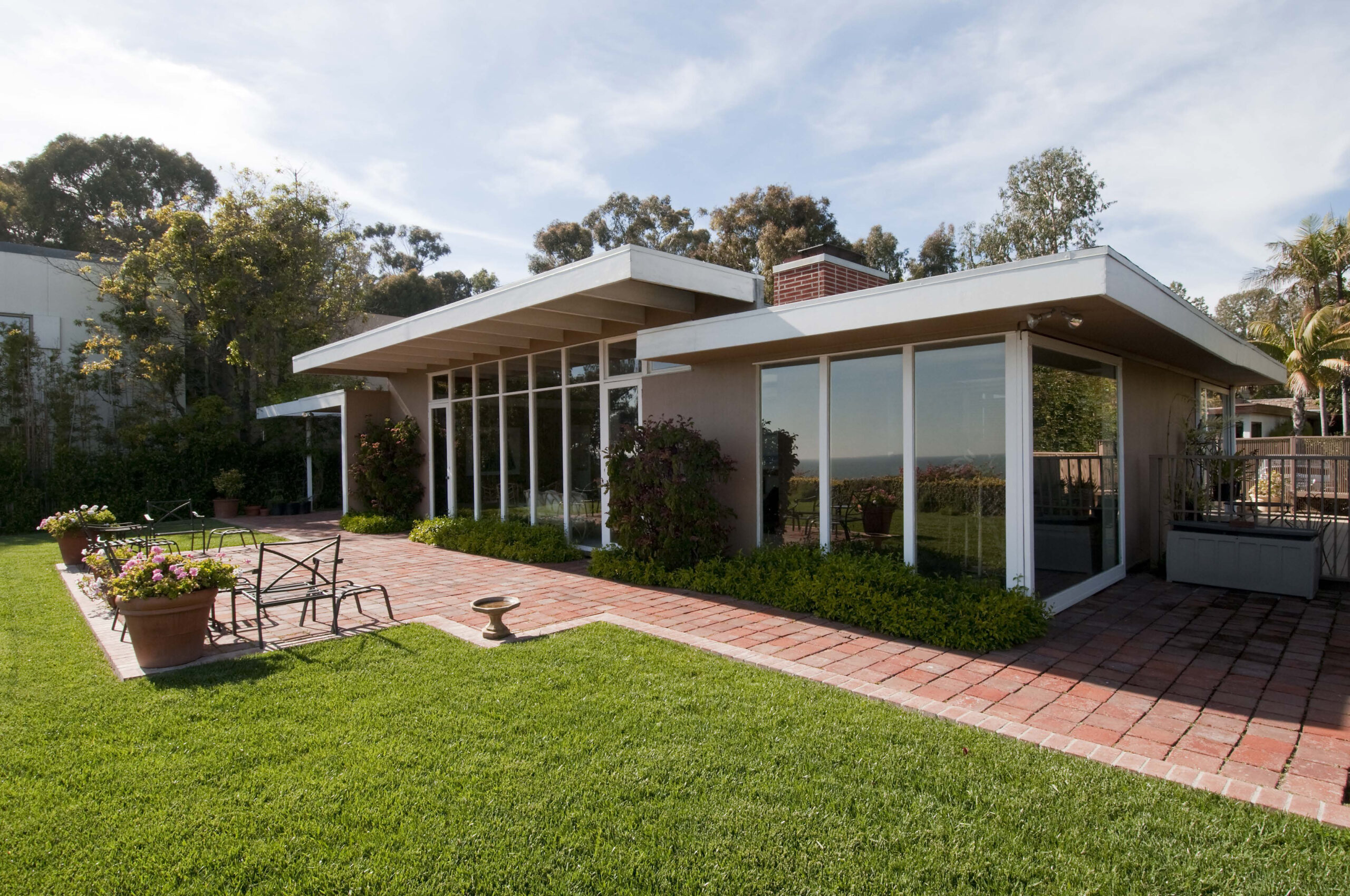
Place
West House (Case Study House #18)

Place
Bass House (Case Study House #20B)

Place
Case Study House #1

Place
Case Study House #10

Place
Case Study House #16

Place
Case Study House #28

Place
Entenza House (Case Study House #9)

Place
Stahl House (Case Study House #22)

Place
Triad (Case Study House #23A)

Place
Triad (Case Study House #23C)

Place
